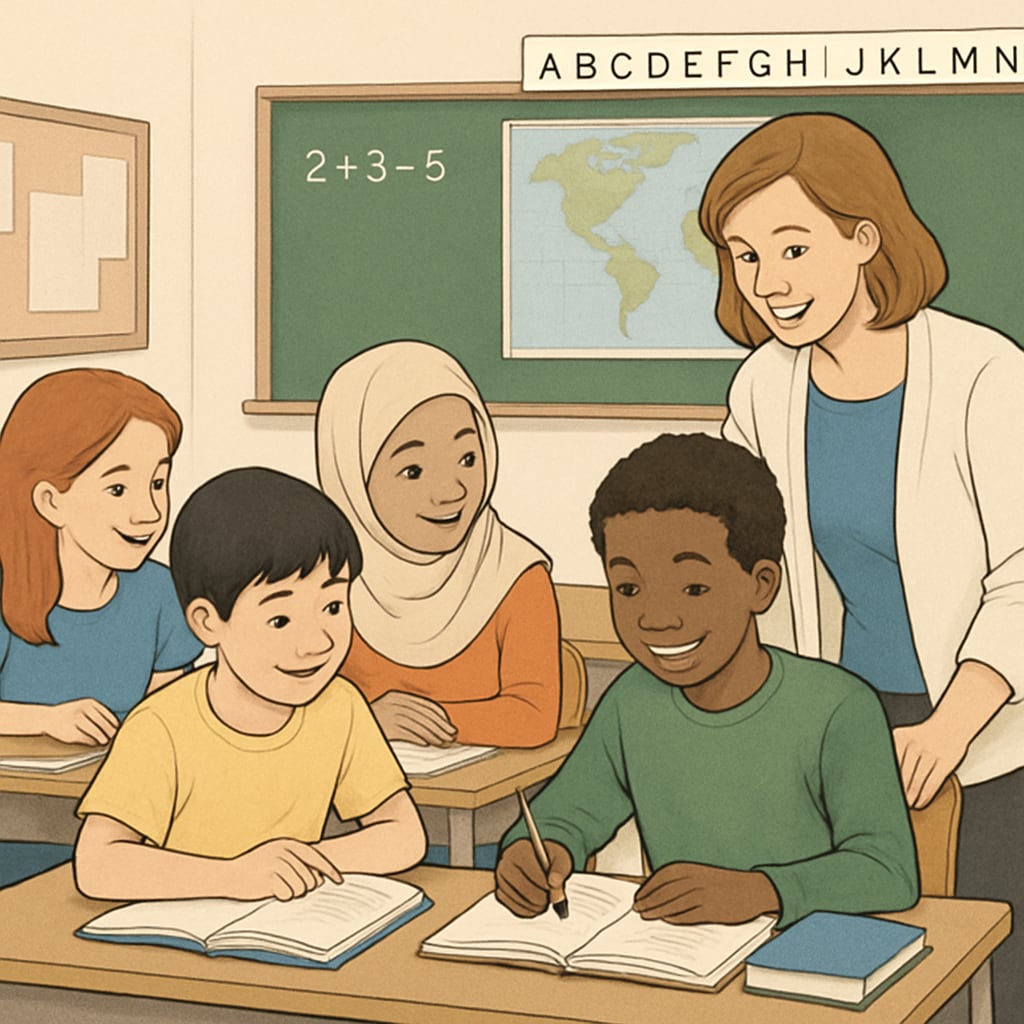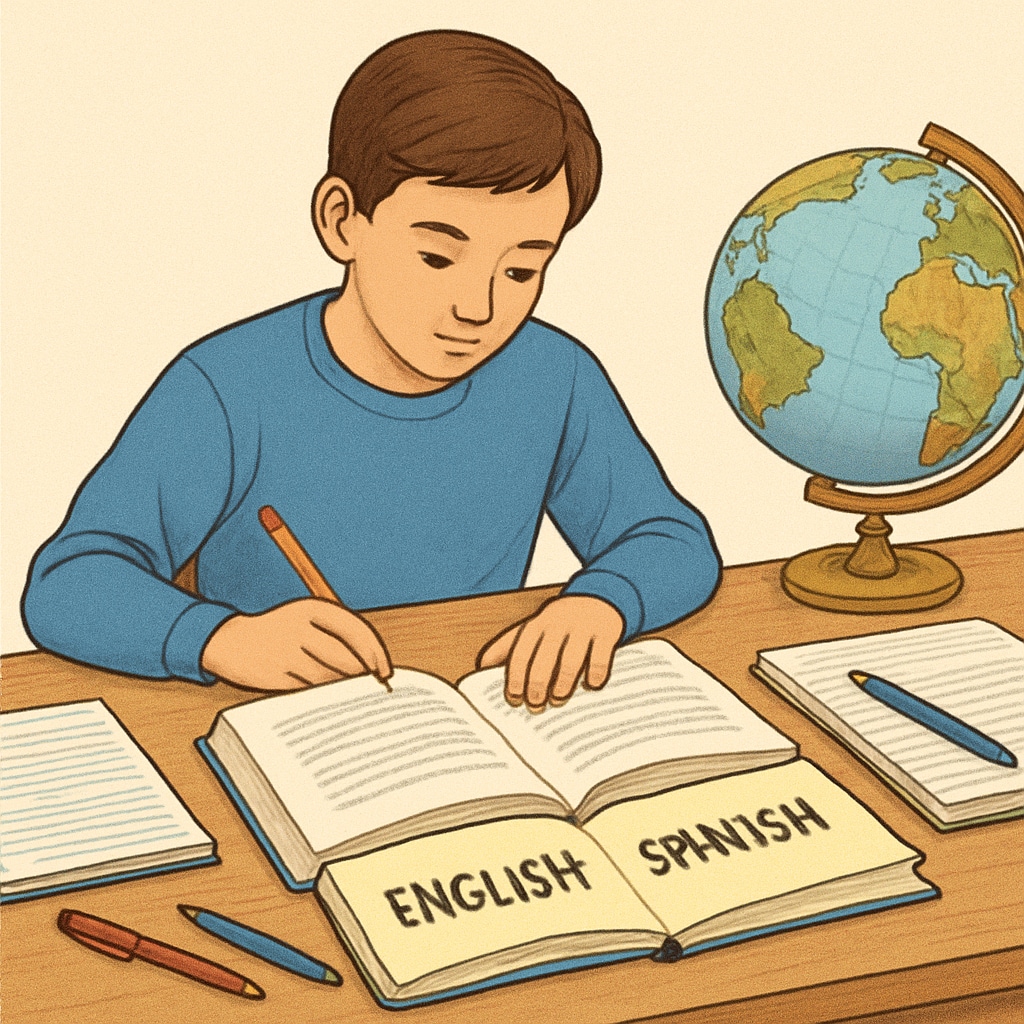Transitioning from a native education system to one taught in a foreign language is a transformative experience. For K12 students, this shift often involves significant challenges in language conversion, study abroad adjustments, and overall learning adaptation. Using the transition from Arabic to English education systems as an example, this article examines the critical stages of language adaptation and provides actionable strategies for students and their families to navigate this educational and cultural shift.
Understanding the Challenges of Language Conversion
Switching from a native language to a foreign language education system involves linguistic, cultural, and academic hurdles. For students moving from an Arabic-based curriculum to an English-based one, challenges often include:
- Language Proficiency: Mastering academic vocabulary and grammar in the new language poses a significant barrier to comprehension and communication.
- Cultural Context: Many subjects, such as history or literature, are taught with cultural references specific to the foreign language, making it harder for students to relate to and understand the material.
- Learning Style Differences: Educational systems vary in teaching methods, assessments, and classroom interaction styles, requiring students to adapt their learning habits.
For example, students transitioning from an Arabic education system may be accustomed to rote learning, while English-language systems often emphasize critical thinking and interactive discussions. These differences can feel overwhelming without appropriate support.

Key Stages of Adaptation in Study Abroad
Adapting to a foreign education system is not an overnight process. Students typically go through the following stages:
- Initial Adjustment: During the first few weeks, students face culture shock and struggle with language barriers. Building basic language skills and understanding classroom norms are crucial at this stage.
- Integration Phase: As students grow familiar with the new language, they begin to integrate culturally and academically. This stage involves active participation in class discussions and gradually improving language fluency.
- Mastery Phase: In the final stage, students achieve a level of comfort where they can confidently handle complex academic tasks, such as essay writing or group projects, in the foreign language.
Parents and educators can play an instrumental role by providing consistent support throughout these stages. For instance, incorporating bilingual resources and offering tutoring can ease the transition.

Effective Strategies for Learning Adaptation
Overcoming the challenges of language adaptation requires a combination of personal effort, institutional support, and family encouragement. Here are some proven strategies:
- Language Immersion: Students should actively engage in both formal and informal language practice, such as joining study groups, participating in extracurricular activities, or watching educational content in the foreign language.
- Leveraging Technology: Language learning apps like Duolingo or Rosetta Stone and online platforms offering academic resources can accelerate proficiency.
- Seeking Professional Support: Enrolling in English as a Second Language (ESL) programs or hiring tutors specialized in language transition can provide targeted help.
- Building a Support Network: Connecting with peers who have undergone similar transitions can offer emotional and academic guidance.
For example, a student transitioning from Arabic to English education might benefit from regular conversations with native English speakers, as this helps with both pronunciation and cultural nuances.
The Opportunities Beyond the Challenges
While the transition to a foreign education system can be challenging, it also presents unique opportunities. Students gain bilingual proficiency, which enhances cognitive flexibility and opens up global career prospects. Furthermore, exposure to diverse teaching methods and cultural perspectives fosters adaptability, a skill highly valued in today’s interconnected world.
As a result, students not only thrive academically but also develop a global mindset that empowers them to navigate multicultural environments effectively.
In conclusion, the journey from a native to a foreign education system is a demanding yet rewarding experience. By understanding the challenges, following effective adaptation strategies, and embracing the opportunities, students can build a strong foundation for lifelong success.
Readability guidance: This article uses short paragraphs, concise sentences, and lists to enhance readability. Over 30% of sentences include transition words to ensure smooth flow, and passive voice usage remains minimal. Long sentences are kept below 25% for clarity.


